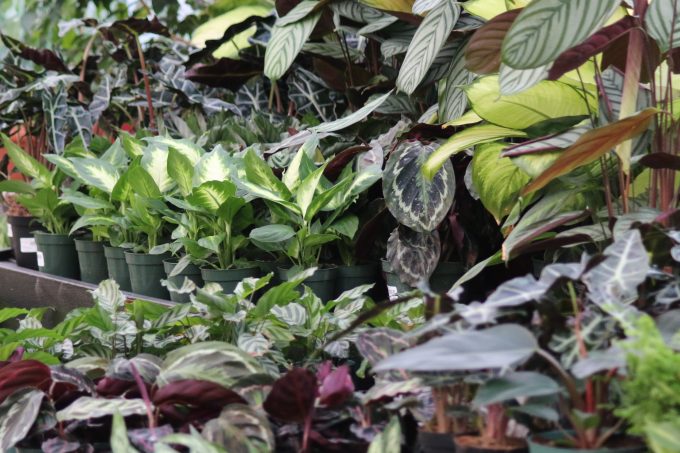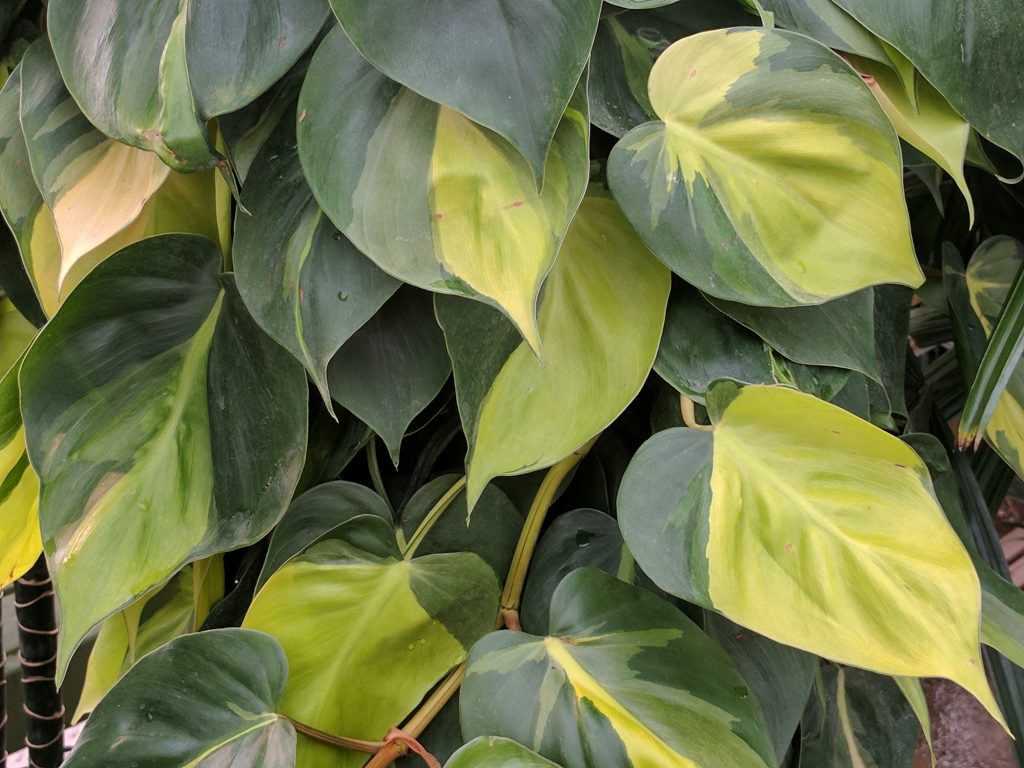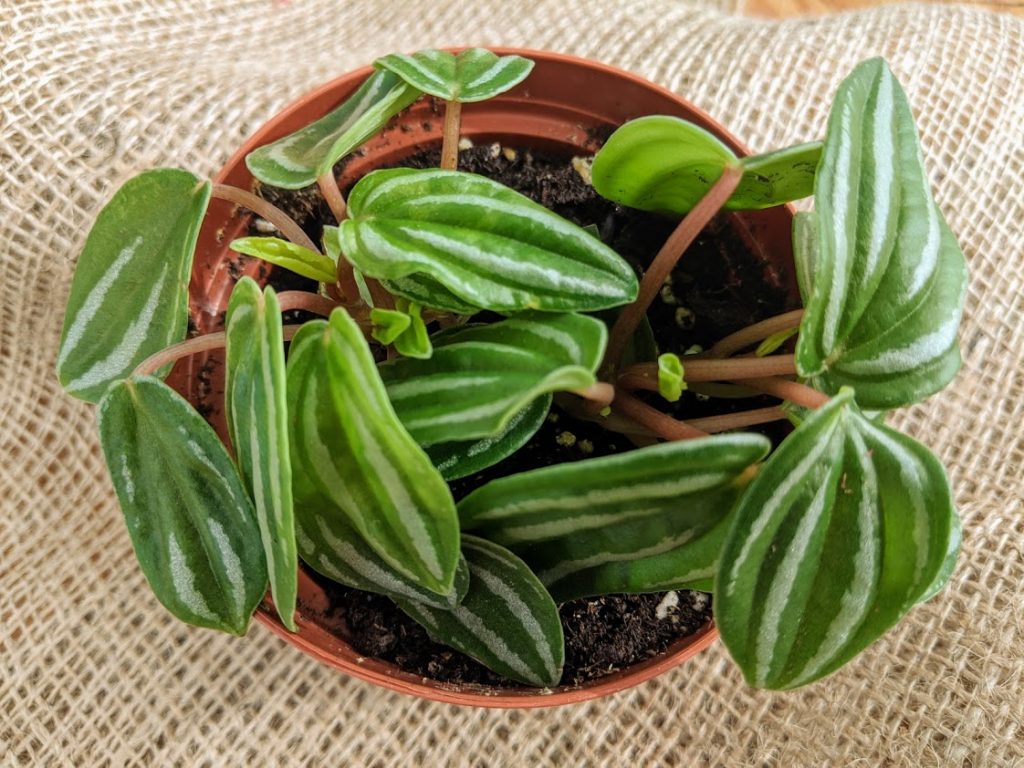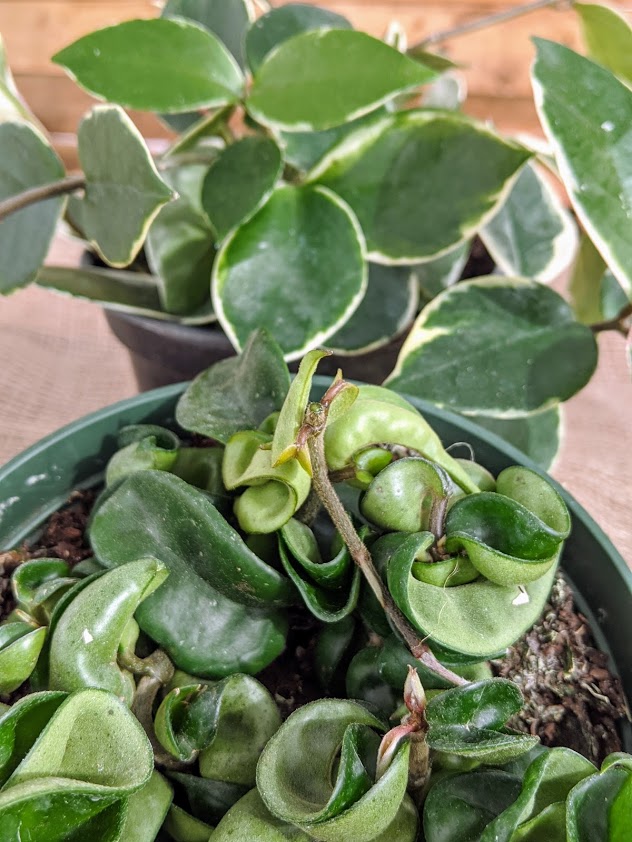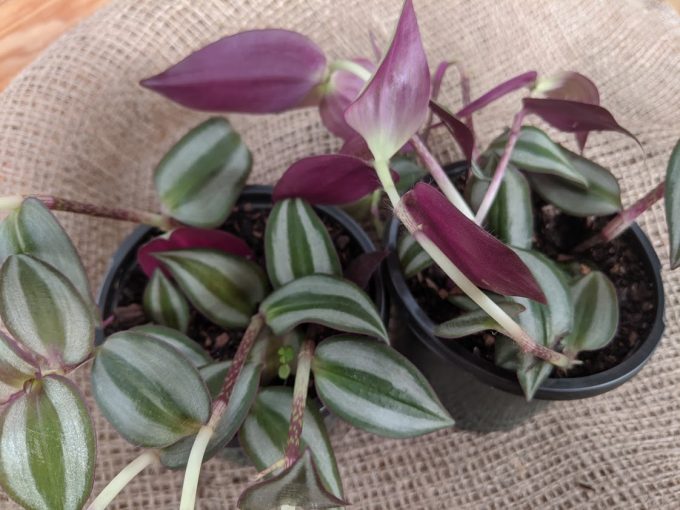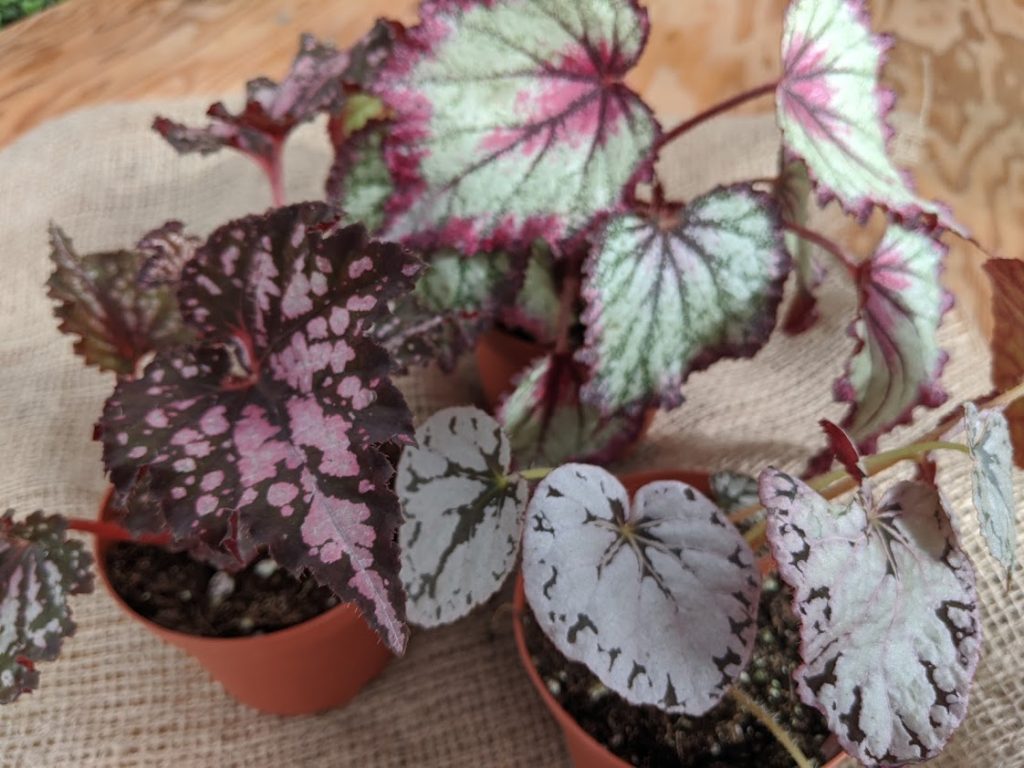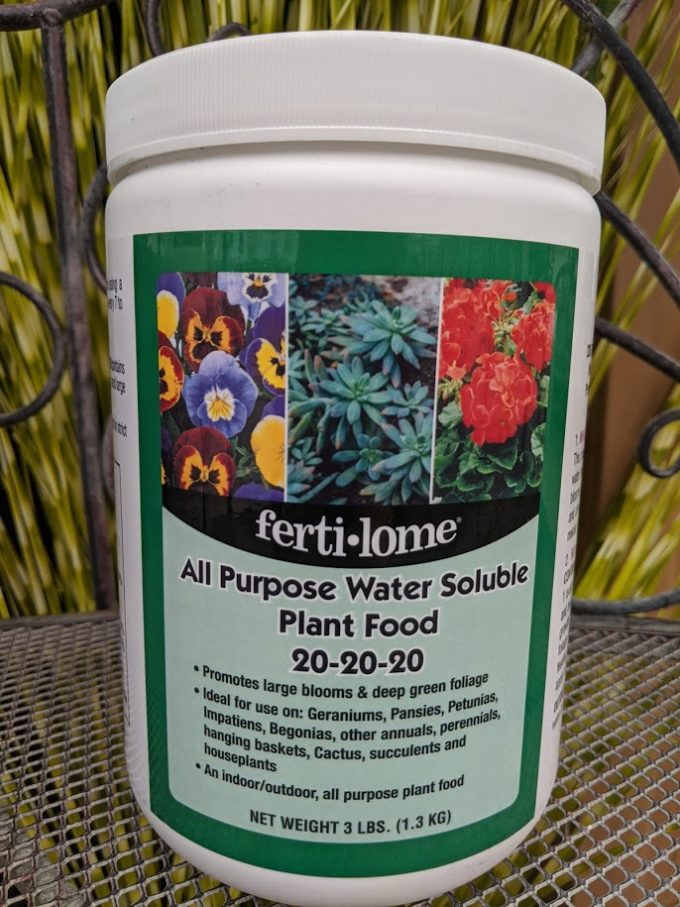Whether you’re a beginning indoor gardener or a bit more experienced, it’s nice to have at least a few easy-care houseplants. For years, good ol’ philodendrons have been recommended for newbies wanting to start a collection of their own, and for good reason. Philodendrons are workhorses! But if you’re ready for a philodendron with some pizzazz, Tagawa’s has just the thing!
Check out “Brazil!”
Brazil is truly eye-catching with it’s lush, cascading vines of lime and dark green. Dakota, Tagawa’s Foliage Supervisor, calls Brazil a “plant of steel!” It needs some good light to maintain it’s beautiful two-tone coloring. Bright, even direct morning light is excellent. Bright light from a northern window will be fine, too. But Brazil could burn with strong direct sun from southern or western exposures.
Water Brazil thoroughly when the top one-third of the soil is dry to the touch, letting any excess water drain away through the drainage holes. Don’t water it again until the top one-third has dried out. Quite cleverly, I call this the “one-third rule of watering.” It applies to many of the tropical plants we grow in our homes and offices. The one-third rule is an excellent way to keep our plants healthy by watering them when they need it, not just because it’s convenient for us.
Ripple peperomia
This sweet, highly textured plant is full of personality! The variegated leaves and lots of little bumps and channels just beg to be touched! As with Brazil above, peperomias love bright morning light. The one-third rule of watering should also keep this plant well-watered but never soggy as long as the plant has good drainage.
Handle it gently. The stems are full of water and can snap easily if they’re not treated with respect. But peperomias as a whole are very forgiving, and definitely belong in any easy-care houseplant collection.
Hoyas
Hoyas were popular houseplants in my grandmother’s day, but they’re making a big comeback now, especially among younger houseplant collectors.
Like all hoyas, carnosa (top picture) and the twisty, turny Hindu Rope are a bit more particular about their watering routine than some other plants, but it’s nothing even novice gardeners can’t handle.
These tropical plants, also known as “wax plants,” hate being over-watered. Make sure your hoyas are grown in well-draining soil in pots with plenty of drainage. When you first bring a hoya home, don’t water the plants until the leaves have just begun to show a bit of wrinkling, then water them thoroughly and wait for them to go dry before watering again. You’ll get to know their needs fairly quickly and will be less likely to overwater.
When it’s particularly happy, carnosa will send out lovely, sweet-scented pinkish-white flowers that are well worth the wait!
Tradescantia zebrina
Tradescantia zebrina is known for its distinctive bi-color flowers and the rich, raspberry coloring on the bottom of its leaves. It was born to trail and vine. Take advantage of that habit by placing it in bright indirect light in a hanging pot or on a stand where the foliage can drape down. Keep the soil just a bit on the moist side, but never soggy.
With basic good care, these plants will happily produce small three-petaled flowers from spring into late summer. Nothing showy, but pleasant. And don’t be shy about cutting back several of the longer vines and putting them in soil or water to root if the more mature plants begin to get scraggly.
Rex begonias
These beautiful richly-colored begonias are common additions to our balcony and patio gardens in the summer. But lucky us! They can make great houseplants, too!
These begonias are grown for their stunning foliage. They sometimes produce flowers, but the blossoms aren’t very flashy, and have a hard time competing with the splotches and swirls on the leaves.
Rex begonias prefer bright indirect light. The soil should be kept evenly moist and never allowed to dry completely. They’ll appreciate increased humidity from a humidifier or pebble tray. Misting can encourage powdery mildew and should be avoided.
Fertilizer
All of the plants featured here will appreciate some general purpose fertilizer while the plants are actively growing. Usually that means spring, summer and fall. Apply at half strength about every other week.
If you love houseplants, try something new! Tagawa’s has thousands of beautiful tropical houseplants in stock and a helpful staff just waiting to offer ideas and advice to make your indoor garden your very own lush oasis!
